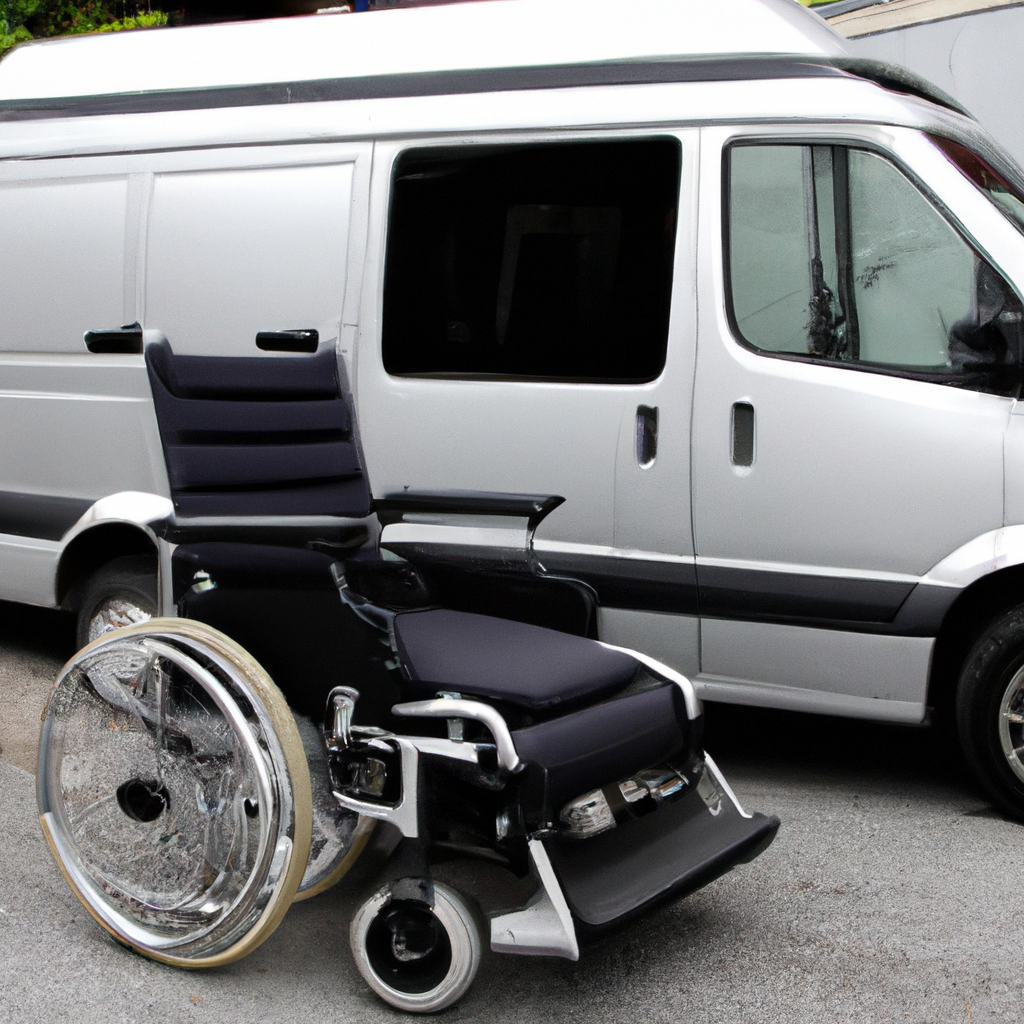
When it comes to selecting the right wheelchair van, it’s essential to prioritize functionality, safety, and accessibility. This comprehensive buyer’s guide will walk you through the critical factors to consider throughout the decision-making process.
Understanding Your Needs
Before diving into the world of wheelchair-accessible vehicles, take time to assess your specific needs and those of the person who will be using the wheelchair van. Consider factors such as the type of wheelchair, the number of passengers, and any additional equipment that may need to be accommodated.
Types of Wheelchair Vans
Wheelchair vans come in various configurations to cater to different needs. Two primary types include rear-entry and side-entry vans. Understanding their differences is crucial in making the right choice for your situation.
Rear-Entry Vans
Rear-entry vans are known for their flexibility in parking and ease of use. They typically have a lowered floor and a ramp at the rear, allowing for quick and straightforward entry and exit.
Side-Entry Vans
Side-entry vans, on the other hand, offer more flexibility in terms of seating arrangements. They are suitable for passengers who wish to sit in the front or middle of the vehicle. Side-entry vans often come with either a manual or power-operated ramp.
Vehicle Size and Capacity
The size and capacity of the wheelchair van play a significant role in your decision. Consider how many passengers, including the wheelchair user, you need to accommodate. Larger vans provide more space but may be less maneuverable.
Accessibility Features
Accessibility features are at the core of any wheelchair van. It’s essential to understand the differences between ramps and lifts and how the interior space is configured for accessibility.
Ramps vs. Lifts
Ramps are a popular choice due to their simplicity and cost-effectiveness. They can be manual or powered and are generally easier to maintain. Lifts, on the other hand, provide vertical access and are suitable for taller vehicles.
Interior Space
Ensure that the interior of the van offers enough room for the wheelchair user to move comfortably. Some vans may allow the wheelchair user to sit in the front passenger position, enhancing inclusivity.
Safety Considerations
Safety should always be a top priority. Look for wheelchair vans that have been crash-tested and come equipped with safety features like wheelchair tie-downs and lap and shoulder belts for passengers.
Budget Planning
Setting a budget is a crucial step in the buying process. Consider not only the initial purchase price but also long-term expenses like maintenance and insurance.
New vs. Used Vans
Deciding between a new and used wheelchair van depends on your budget and preferences. New vans offer the latest features and warranties, while used vans can provide cost savings.
Customization Options
Many manufacturers offer customization options to tailor the van to your specific needs. Explore these options to ensure the van suits your requirements.
Maintenance and Service
Regular maintenance is essential to keep your wheelchair van in top condition. Research local service centers that specialize in accessible vehicles to ensure prompt and reliable service.
Insurance and Financing
Investigate insurance options and financing plans that cater to wheelchair-accessible vehicles. It’s essential to have a comprehensive insurance policy that covers your unique needs.
Test Driving and Evaluation
Always schedule a test drive to get a feel for the van’s handling and comfort. Evaluate how easy it is to secure the wheelchair and how the vehicle performs in different driving conditions.
Making the Final Decision
After careful consideration, it’s time to make your final decision. Ensure that the chosen wheelchair van meets all your requirements and provides a safe and comfortable transportation solution.
Conclusion
Choosing the right wheelchair van is a significant decision that can greatly impact the quality of life for individuals with mobility challenges. By considering your needs, budget, safety, and accessibility features, you can make an informed choice that enhances independence and convenience.